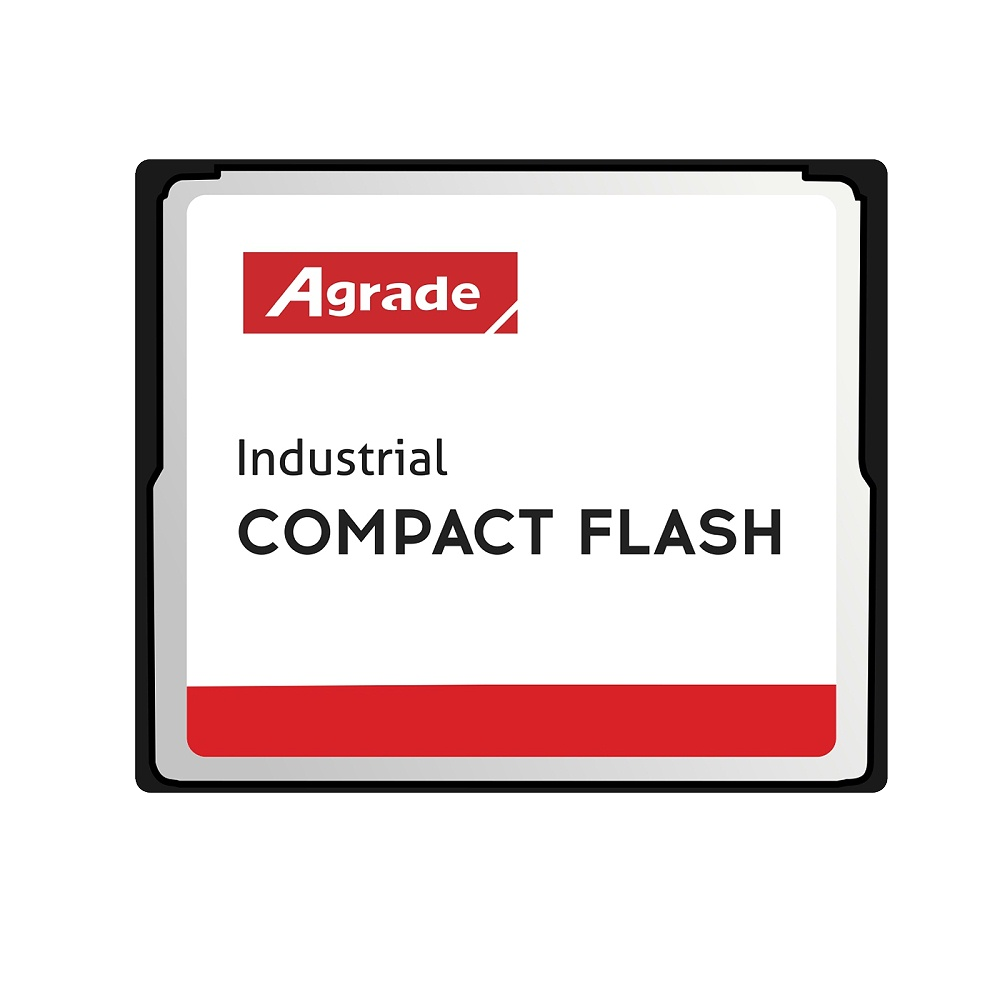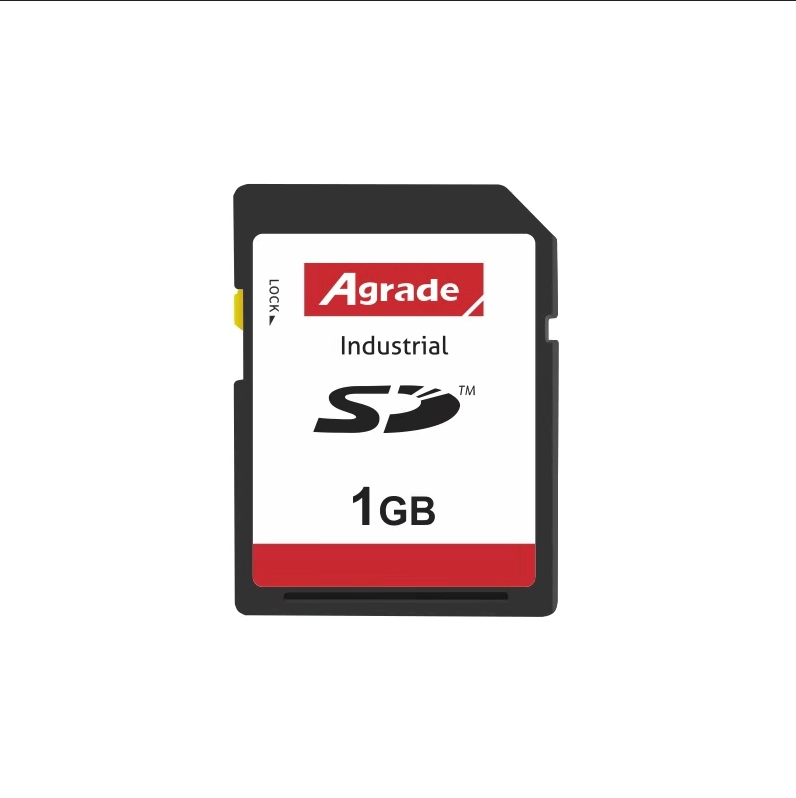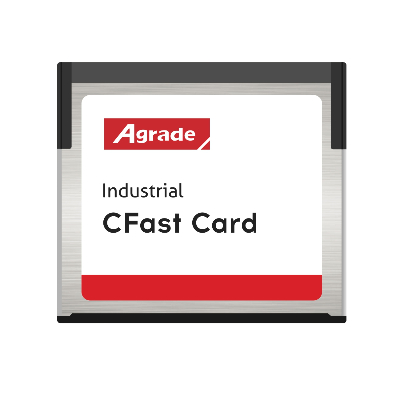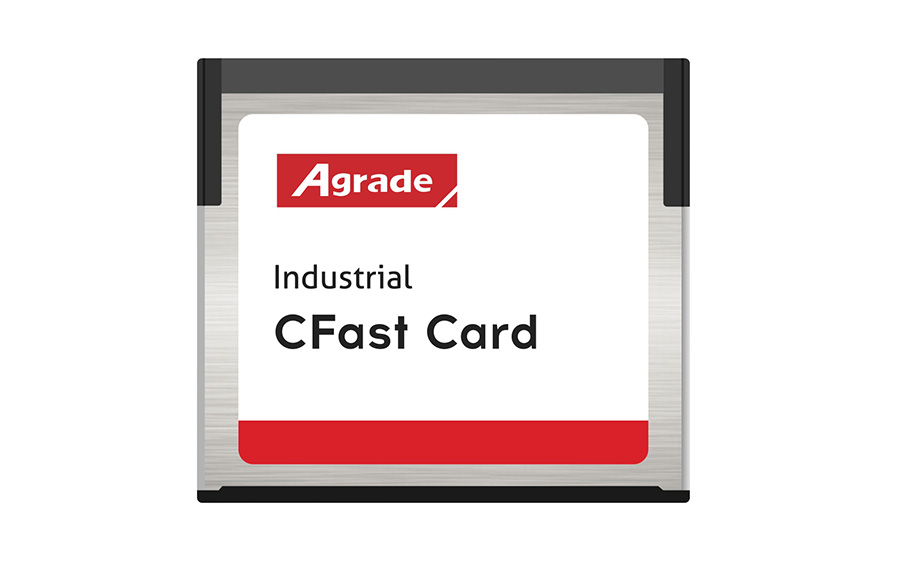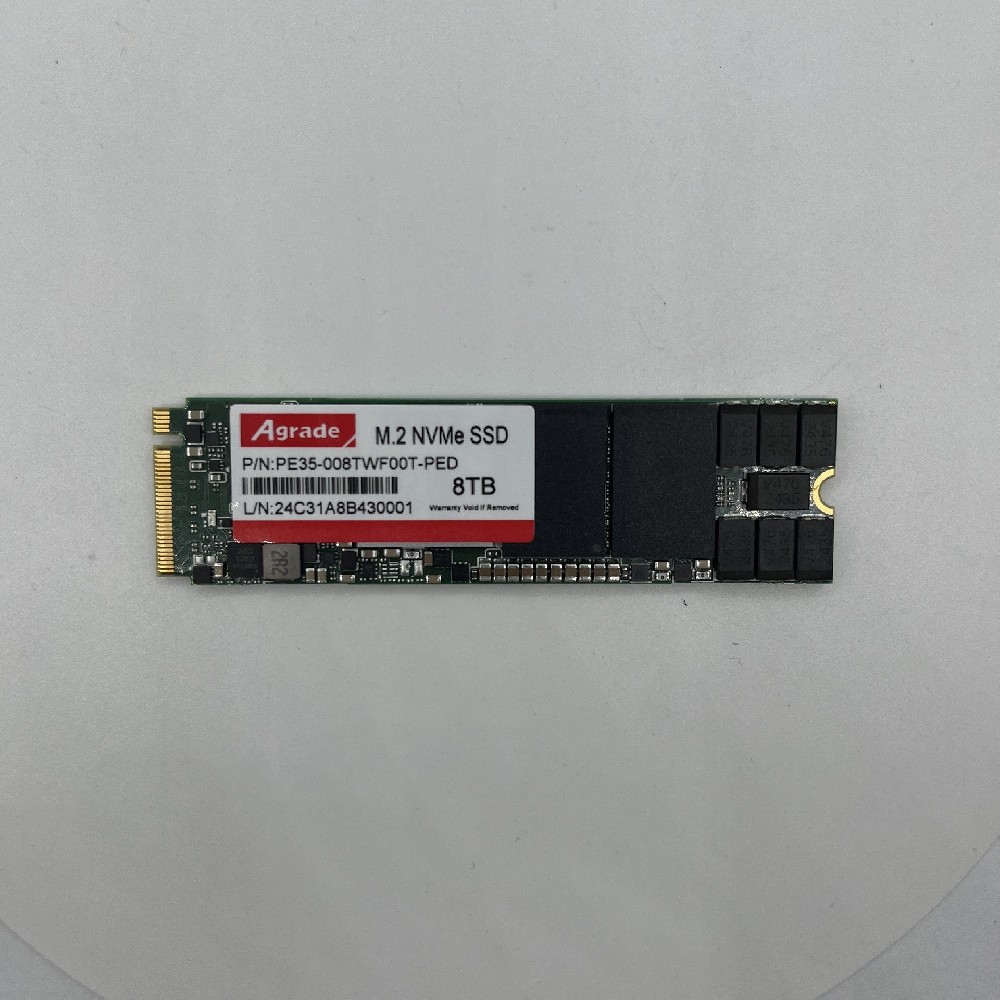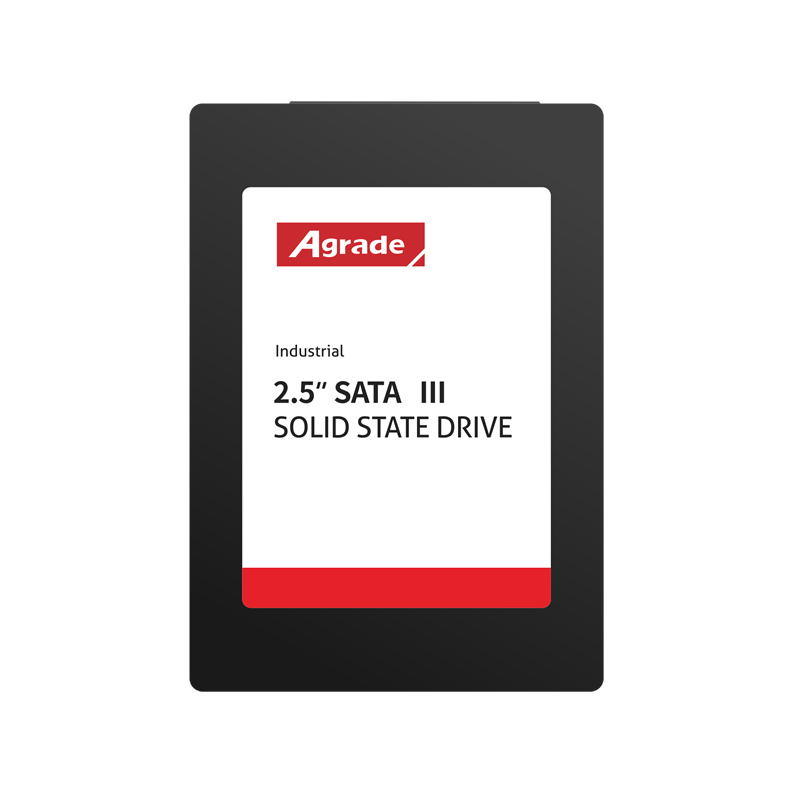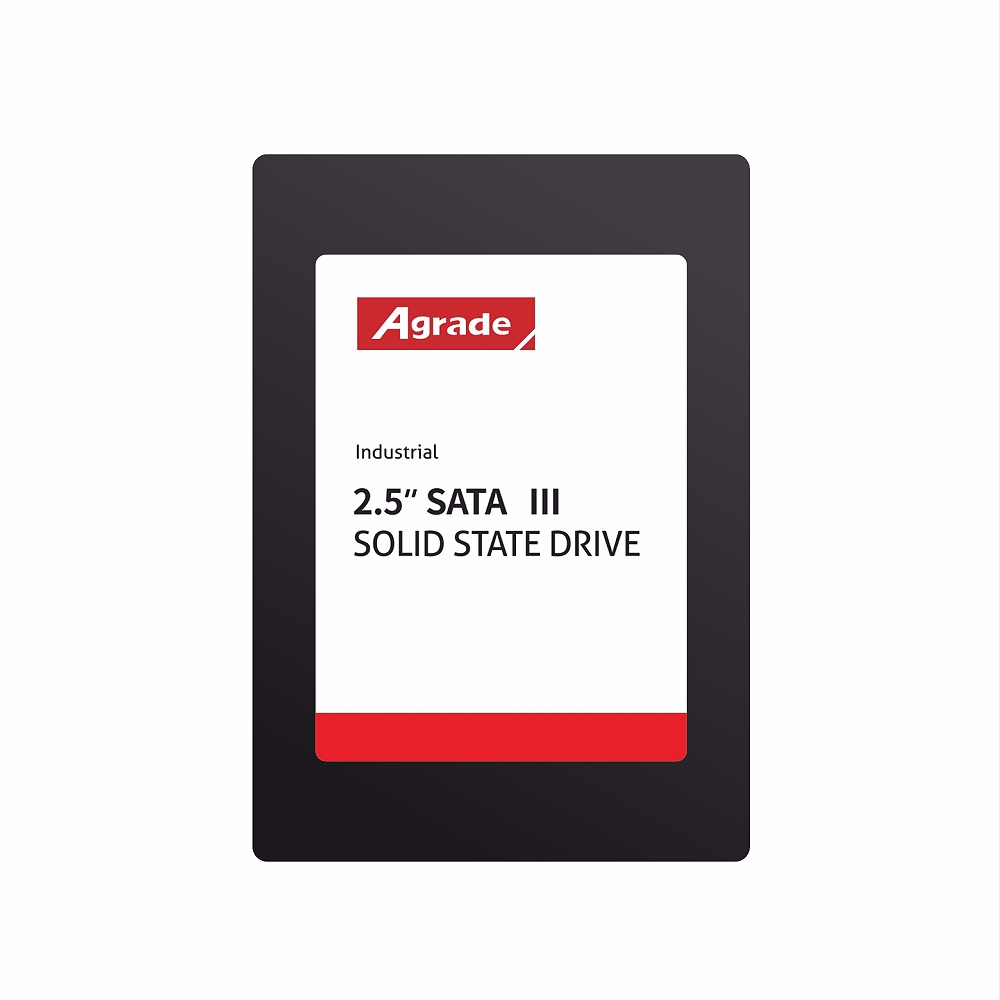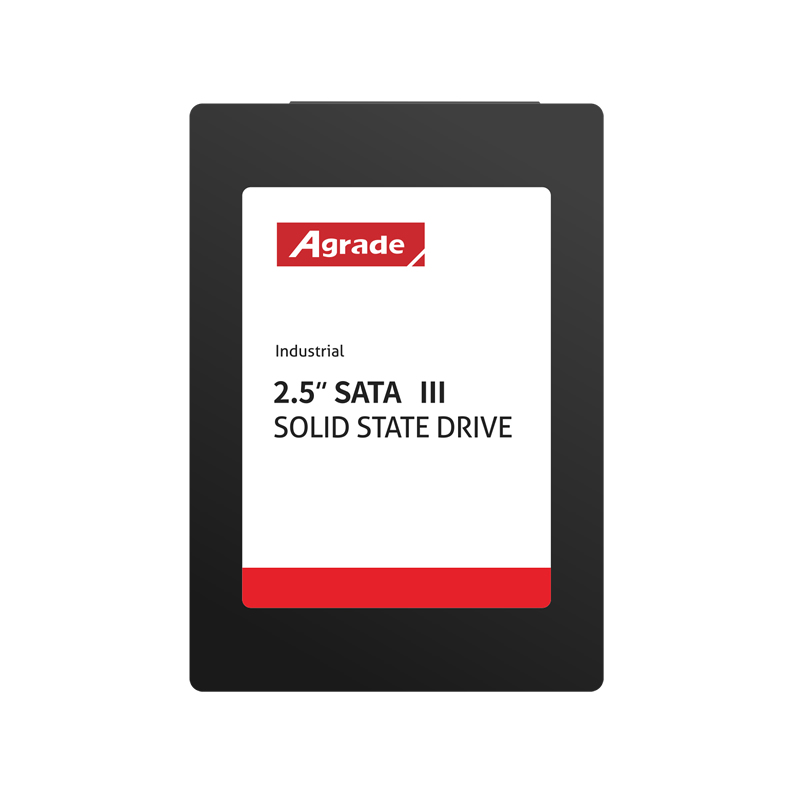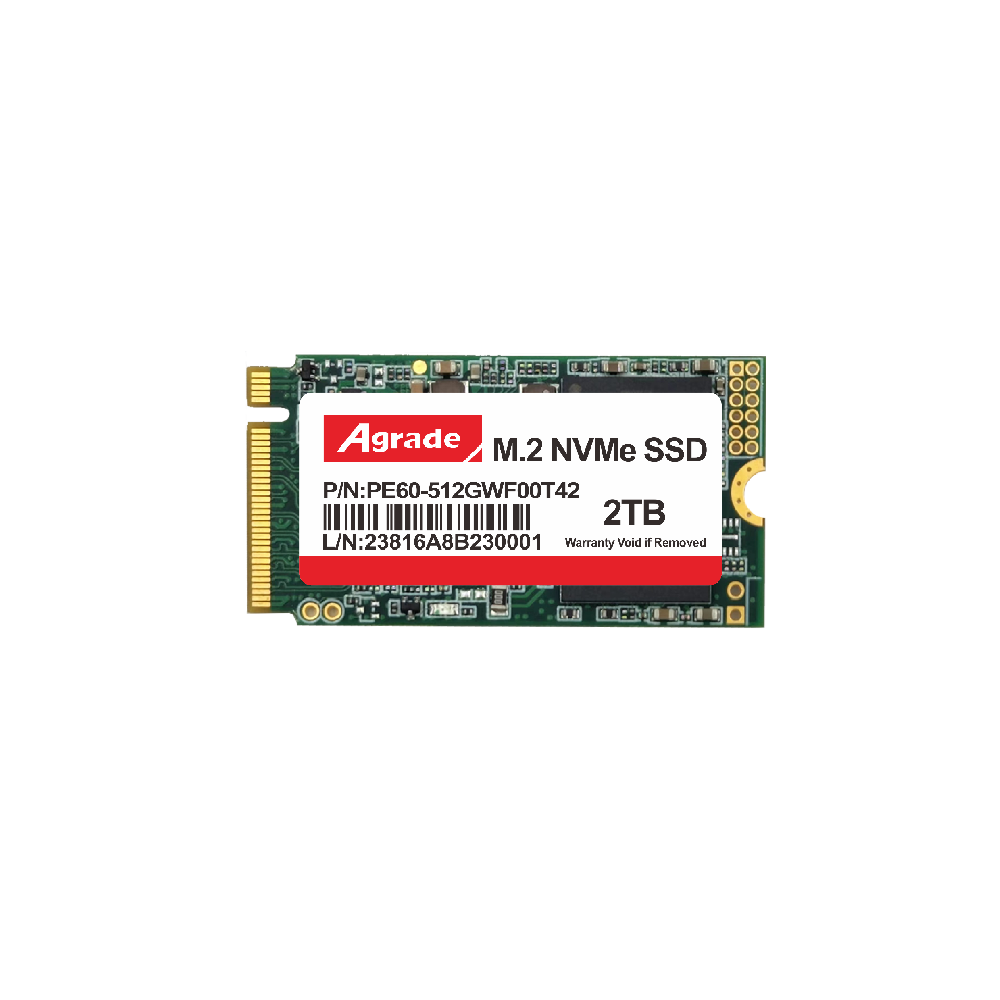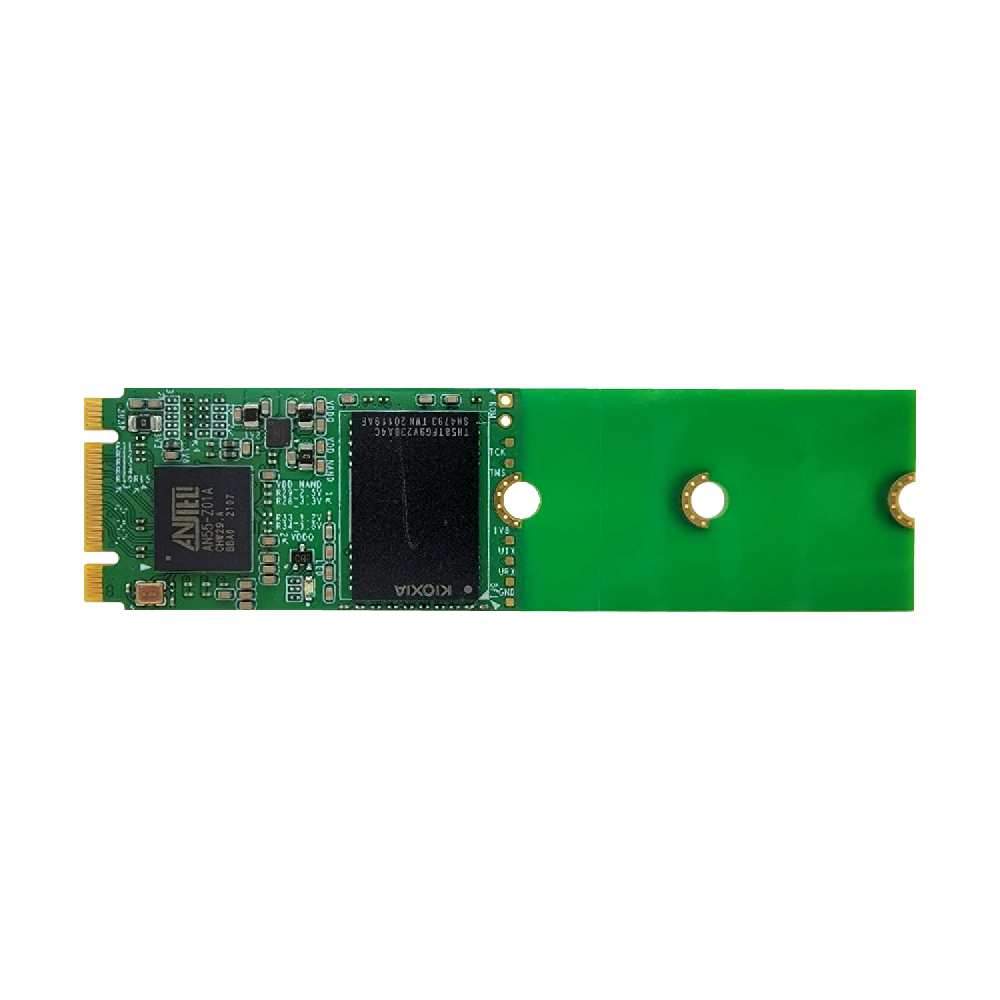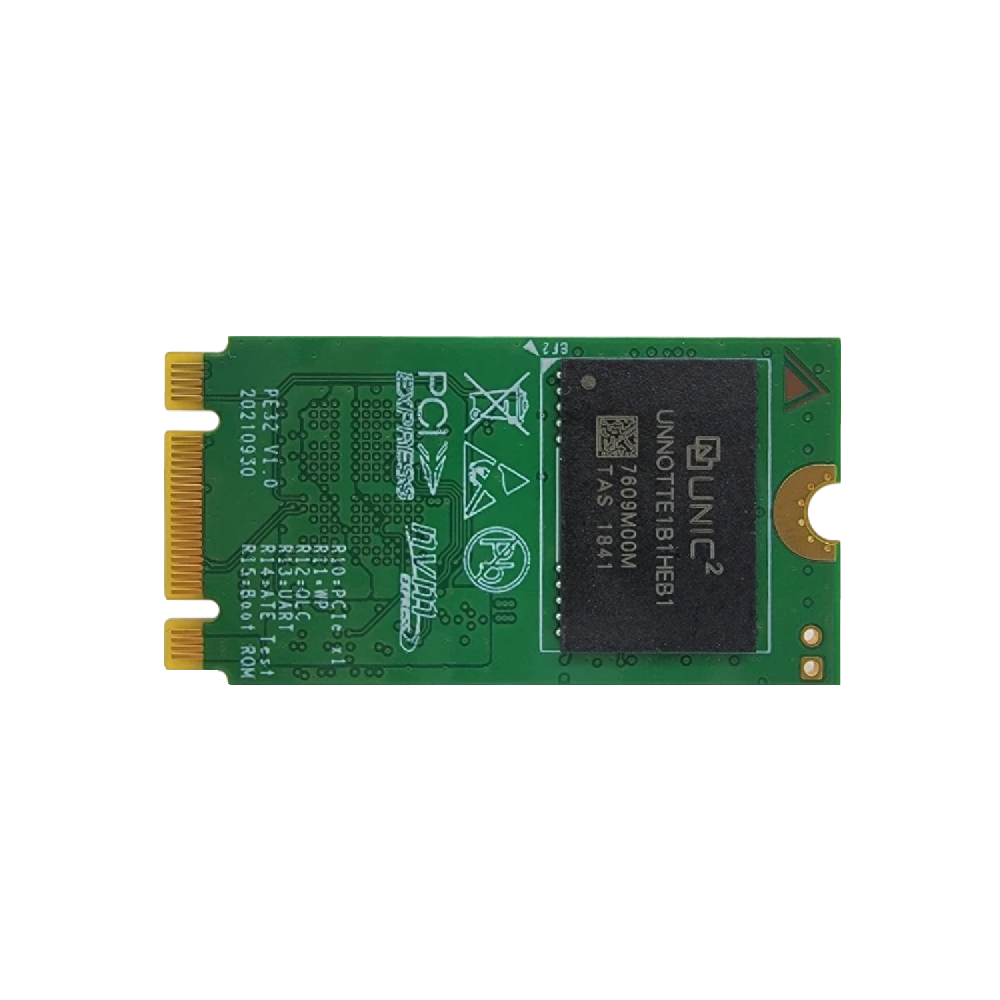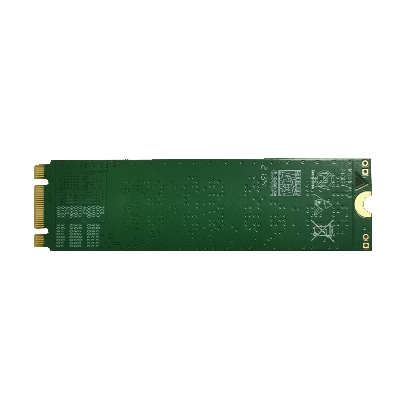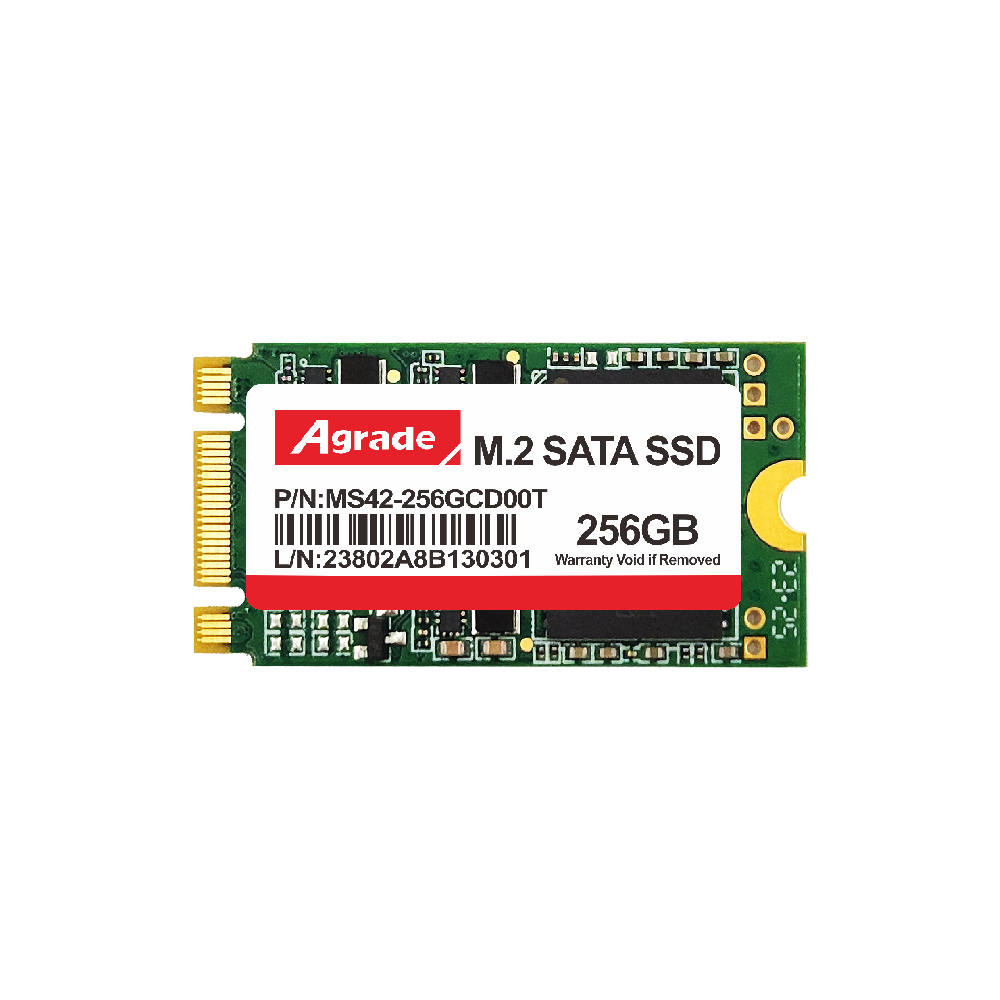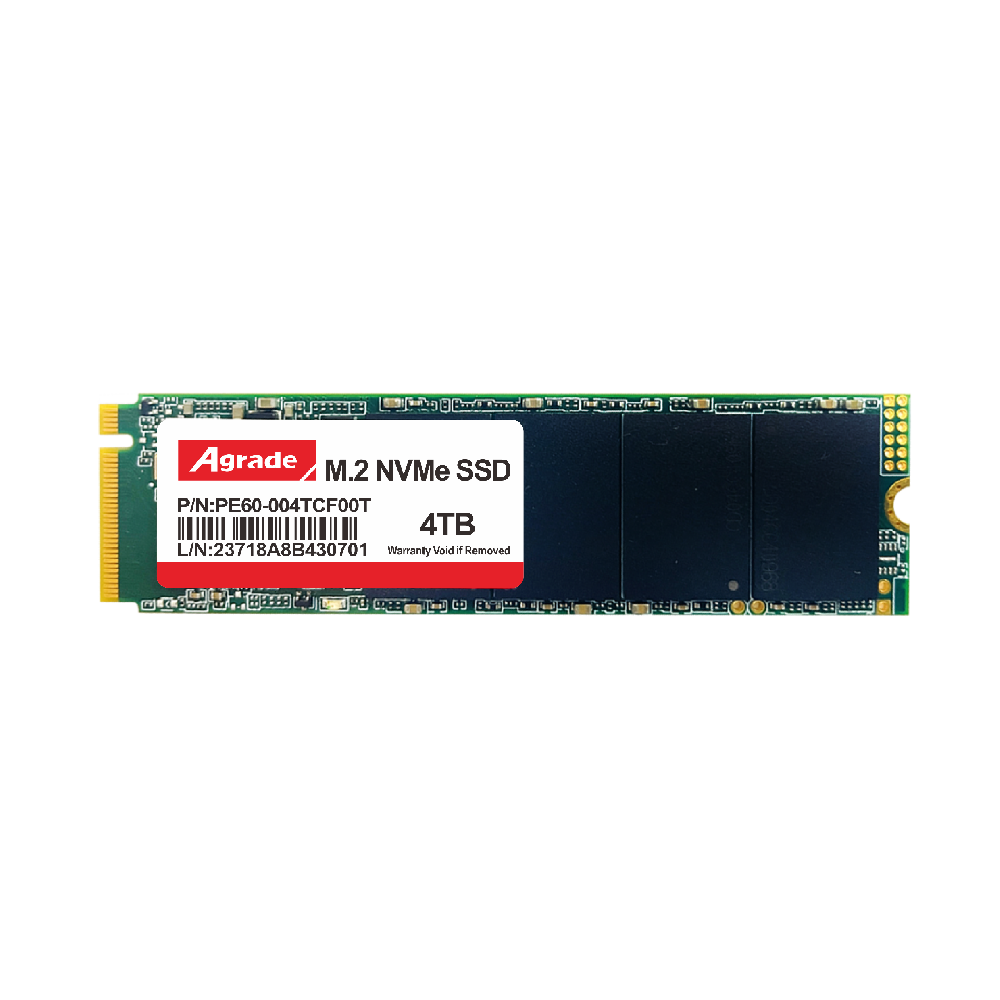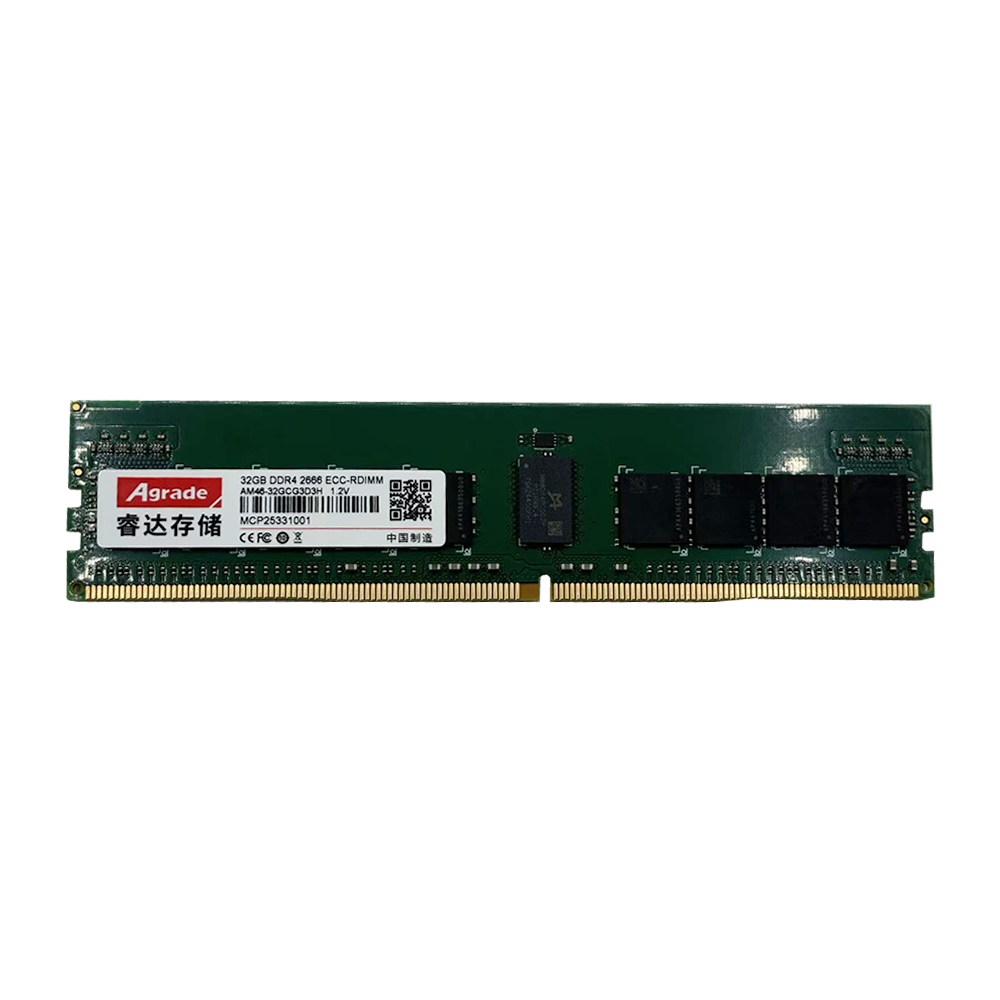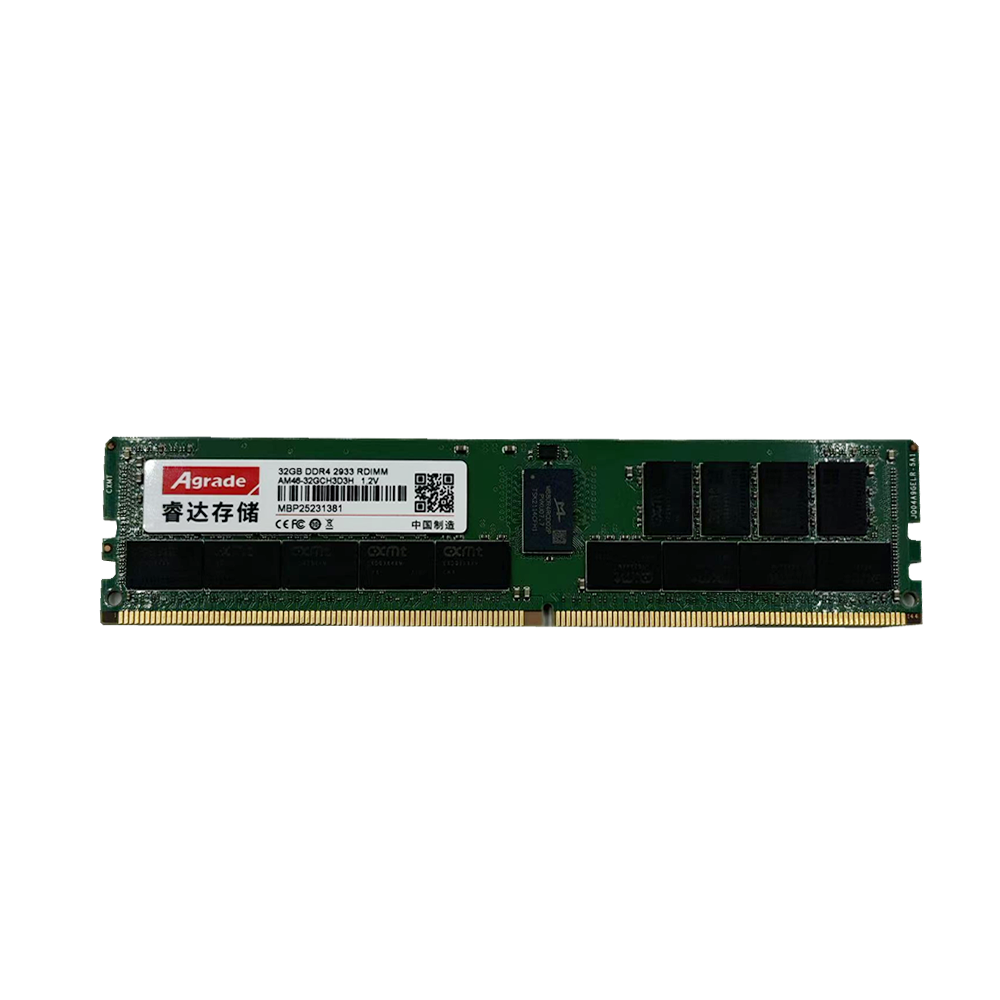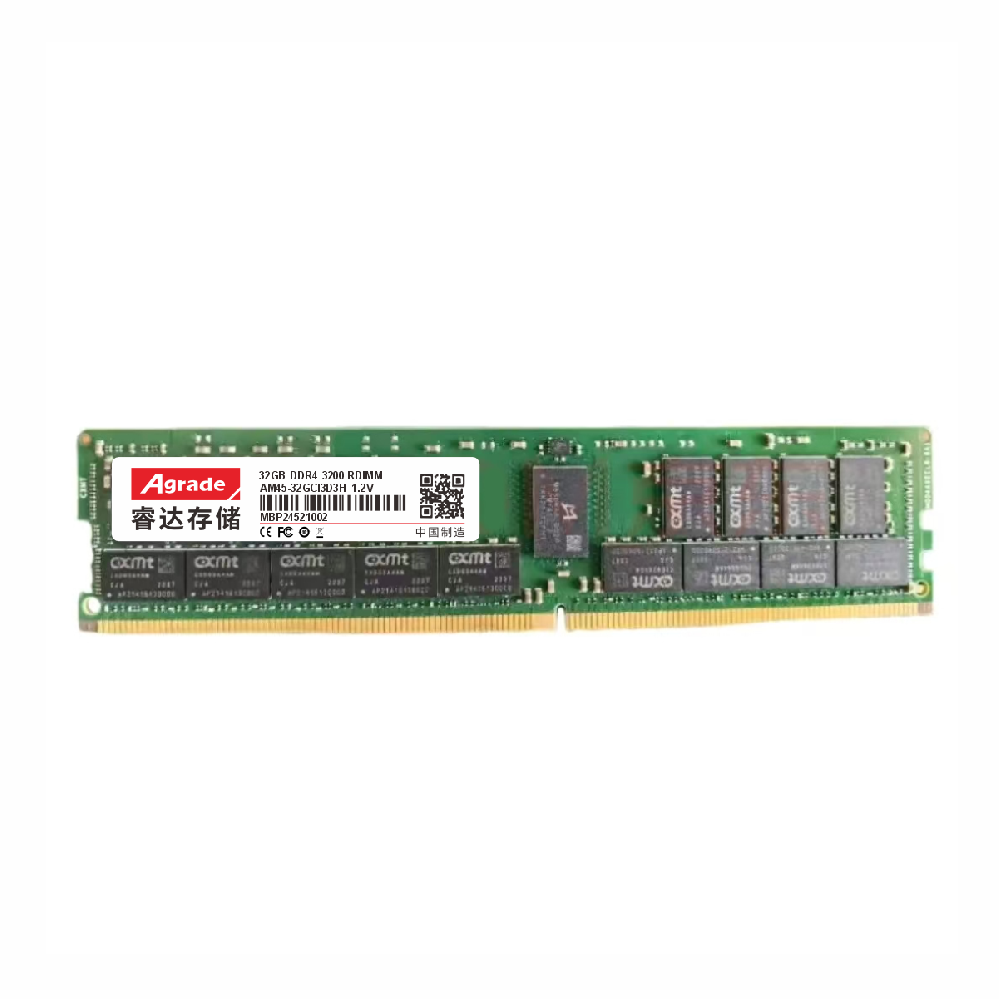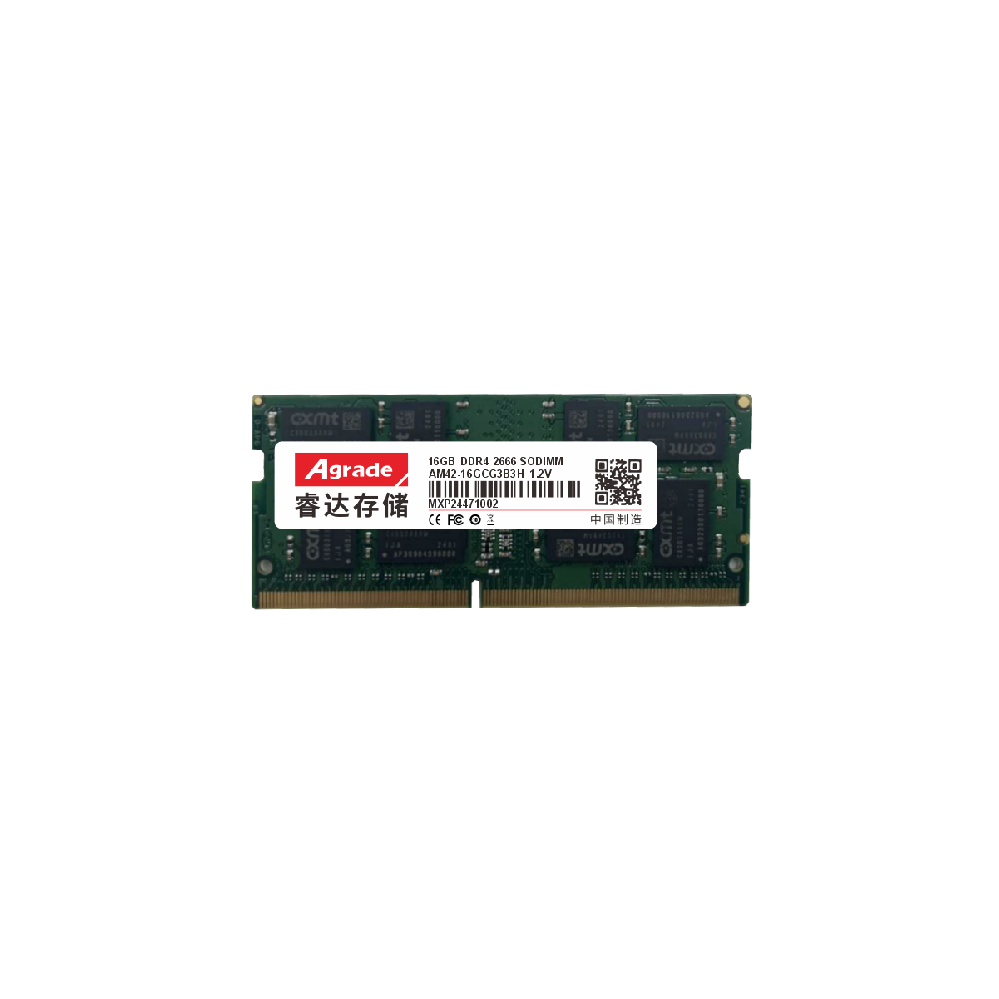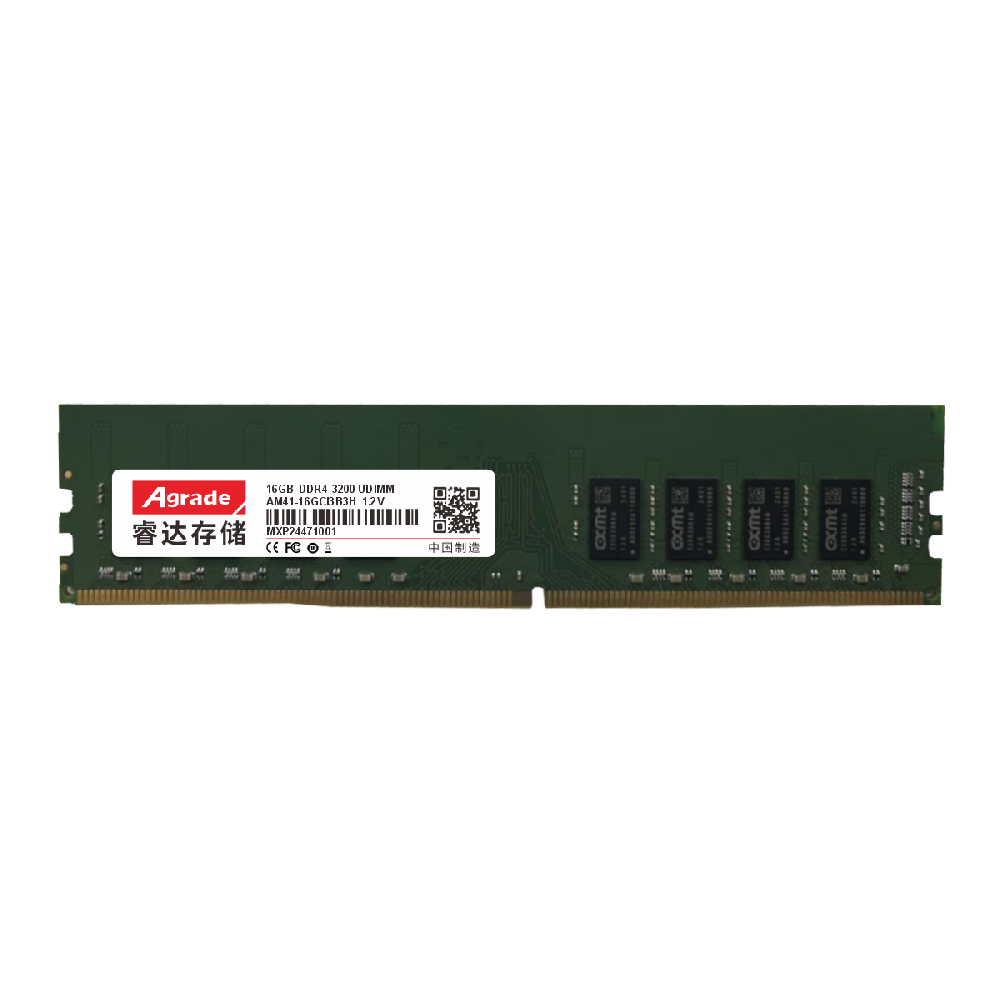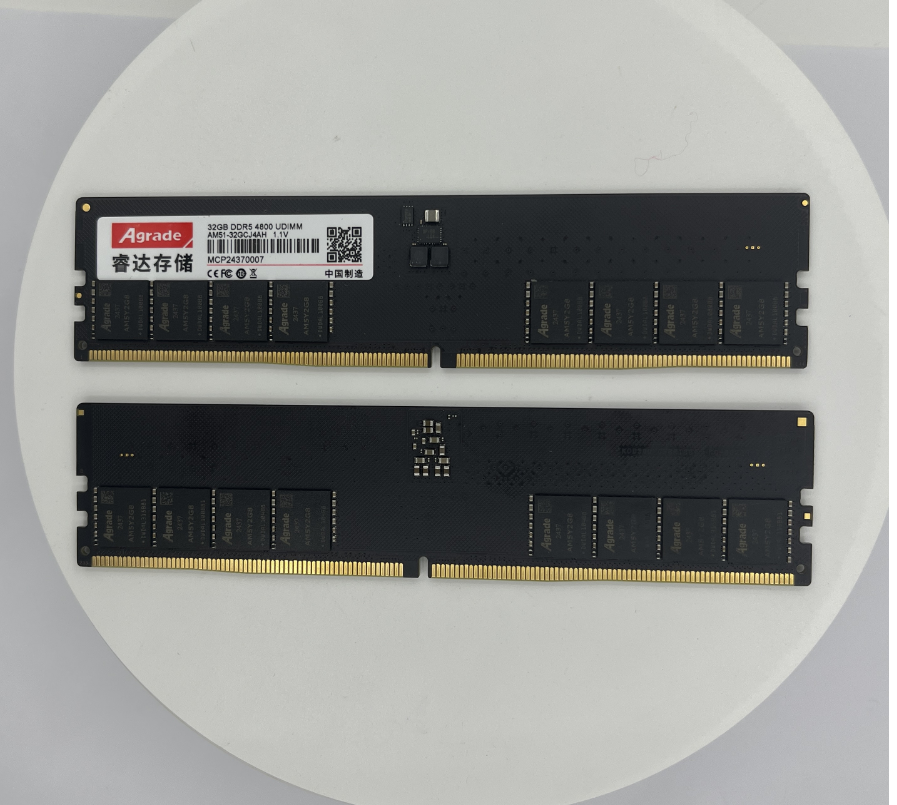

News
 电商部
电商部  2025-09-28 18:29:06
2025-09-28 18:29:06 The Differences, Advantages, and Application Scenarios Between MLC and SLC Solid-State Drives
Solid-state drives (SSDs), as a representative of modern storage technology, have been widely adopted in various computing devices due to their high-speed read/write capabilities and low latency. Among them, MLC (Multi-Level Cell) and SLC (Single-Level Cell) are two common types of flash memory chips, which exhibit significant differences in performance, lifespan, and cost, making them suitable for different application scenarios.
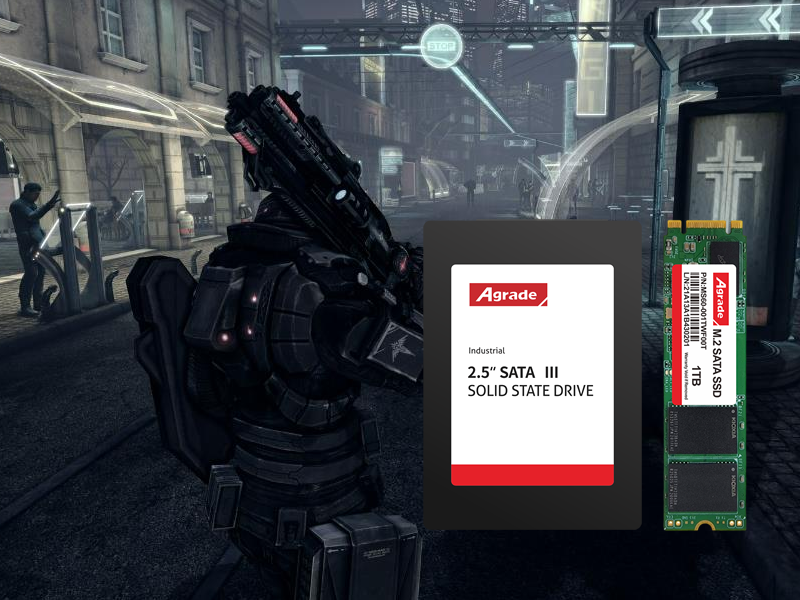
SLC, or Single-Level Cell, stores only 1 bit of information per memory cell. Due to its simple structure and fast voltage control, SLC solid-state drives (SSDs) offer extremely high read and write speeds, typically reaching several thousand MB/s. Additionally, SLC boasts an exceptionally long endurance cycle, with a theoretical write/erase count of up to 100,000 times, ensuring high data reliability and longevity. However, the high production costs limit the widespread adoption of SLC, which is primarily used in enterprise-grade high-end products such as servers and databases. These applications demand extremely high requirements for read/write speed, data reliability, and durability.
In contrast, MLC SSDs utilize multi-level cell storage, where each cell stores 2 bits of data. This design enhances storage density and reduces costs, giving MLC SSDs a higher cost-performance ratio in the consumer market. Although MLC's read/write speeds and endurance are slightly lower than SLC, its performance is still sufficient for most consumers and enterprise applications. MLC SSDs are ideal for advanced users who require a balance between performance and cost, such as gamers, video editors, and designers, who need to maintain performance while controlling expenses.
In terms of application scenarios, SLC SSDs are highly suitable for enterprise-level applications requiring high load and reliability, such as financial transaction systems and industrial control systems, due to their exceptional read/write speeds and long lifespan. On the other hand, MLC SSDs are widely used in daily office work, entertainment, and for storing files like photos, videos, and music, as well as in gaming scenarios. These applications have moderate demands for read/write speeds and storage capacity while seeking cost control.
In summary, when selecting a solid-state drive (SSD), users should consider factors such as performance, lifespan, and cost based on their actual needs and budget. SLC SSDs, with their outstanding performance and long lifespan, are the preferred choice for enterprise-level high-end applications, while MLC SSDs, known for their cost-effective performance, are a popular option in the consumer market.

